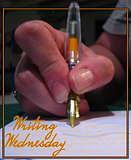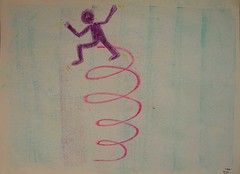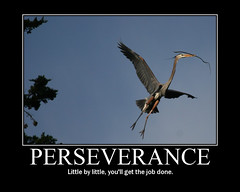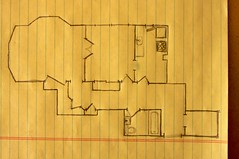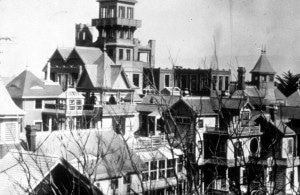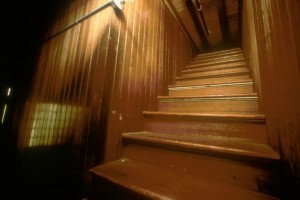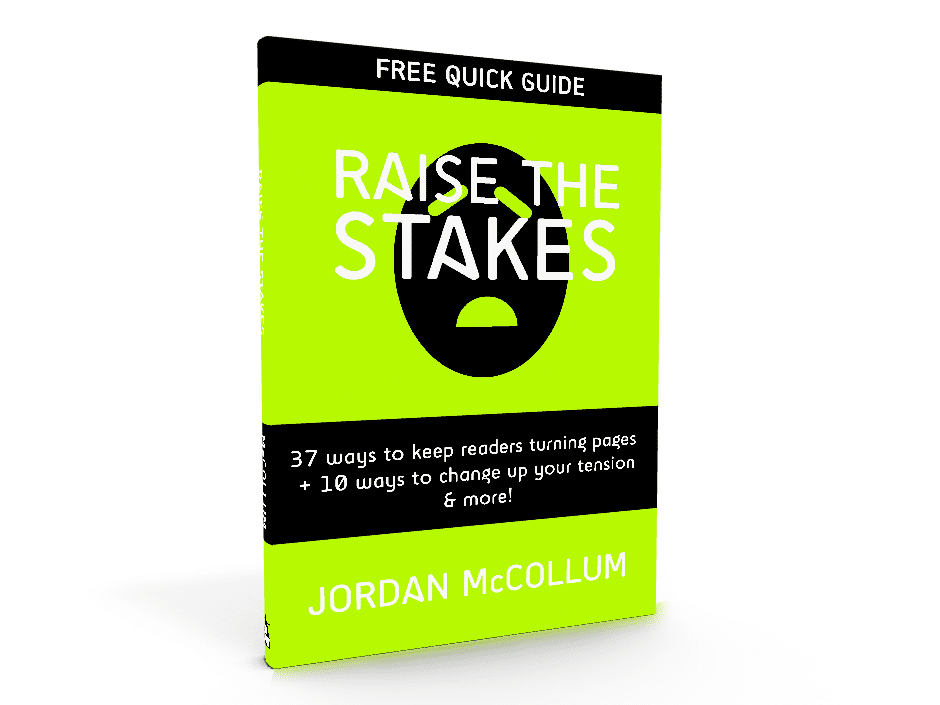This post originally appeared as a guest post on Carol Garvin’s blog, Careann’s Musings. I realized I never shared it here!
The kids are in bed, the house is clean, you’ve spent some quality time with your spouse and you’ve watched your favorite show. Now it’s your time—time to write with nothing hanging over your head. You sit at your computer, fingers poised over the keys and—
Nothing happens.
What do you do? Spend the next two hours checking email and blogs, playing Text Twist and Minesweeper, coming back to your story every half hour without anything new to add and drifting away again until you can’t face your computer anymore and go to bed, strangely empty and guilty?
 No! You don’t have to succumb to writers’ block—you can fight it, and you should. What makes a writer vs. a wannabe is perseverance (and the same is true about revisions, finding an agent, getting published, selling books, etc., etc.). Working through writers’ block makes you a stronger, better, more creative writer. And here are eight ways to do it.
No! You don’t have to succumb to writers’ block—you can fight it, and you should. What makes a writer vs. a wannabe is perseverance (and the same is true about revisions, finding an agent, getting published, selling books, etc., etc.). Working through writers’ block makes you a stronger, better, more creative writer. And here are eight ways to do it.
Come up with more ideas
Easier said than done, I know, but try brainstorming new events and directions for your story. I recently came across an analysis of the story conference for Raiders of the Lost Ark. The surprising thing about this conference is the sheer volume of ideas—the writer, director and producer threw out ideas while brainstorming, not worrying about how outlandish or stupid they might sound—you never know if it could be made workable.
Recycle an old idea
Did you have an amazing plot twist you never got to use or used in another (preferably unpublished) work, or one you love in someone else’s story? Find a way to work that idea into this story. The mine cart chase scene in Indiana Jones and the Temple of Doom originally came from the conference for Raiders, but they didn’t use it there—an instant source for later ideas.
Look for more connections within your work
I got stuck in one WIP when I needed a task for my hero. He’d agreed to do something for the villain in exchange for a hostage, but I was drawing a blank as to what that should be. I tried to think of something the villain could send him after—but finally the right answer came to me. It shouldn’t just be something, it should be something related to the plot. And I had a subplot that could tie back into the main plot (and a minimystery that could be solved) right here.
Write something
 You may have to take some time away from your WIP to get the creative juices flowing. You can work on another idea—writing or plotting or planning—or you can find writing prompts to get started. Sometimes focusing on another story idea will give you the boost or idea you need to progress in your first story—just don’t get sidetracked for too long!
You may have to take some time away from your WIP to get the creative juices flowing. You can work on another idea—writing or plotting or planning—or you can find writing prompts to get started. Sometimes focusing on another story idea will give you the boost or idea you need to progress in your first story—just don’t get sidetracked for too long!
Write nothing
Do something mindless—like playing Text Twist or Minesweeper, or doing house or yard work. Do something creative—if you play an instrument, practice. If you do a handicraft—knitting, needlework, woodcarving, knapping—make something. Occupying your hands while letting your mind roam can have great creative rewards.
Erase
As hard as this may be, maybe you’ve written yourself into a corner. Maybe there just isn’t anywhere for the story to go now, and you need to delete the last paragraph or scene or chapter. (Ouch!) Look at where your story took a turn for a dead end and brainstorm another direction.
Read (or watch)
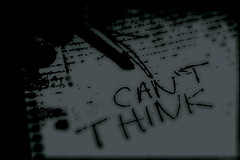 Look for other ideas (and beautiful writing) in other works, in or outside of your genre. You can also watch a movie or TV show and play the “what if” game—what if something happened differently in this scene. (I came up with a whole story idea this way.)
Look for other ideas (and beautiful writing) in other works, in or outside of your genre. You can also watch a movie or TV show and play the “what if” game—what if something happened differently in this scene. (I came up with a whole story idea this way.)
Plot
You can often avoid getting stuck if you plan out where you’re going in advance. Not always, of course—I’m a plotter, and I can still get stuck in the gray areas of my outline. But back before I started plotting out my stories, I began with an ending in mind, but sometimes I spent weeks stopped in the middle, trying to figure out how to get there. Even loose plotting can help to keep the big milestones in mind to keep you moving toward your goals. Plus you can brainstorm in advance and save all those ideas for any lulls.
Beating writers’ block can be tough, but you can do it—and if you’re going to finish, you have to.
What do you think? How do you beat writers’ block?
Photo credits: paper ball—makedonche19; blank page—Chris Blakeley;
I can’t think—Alyssa L. Miller

